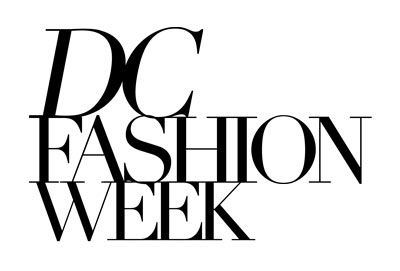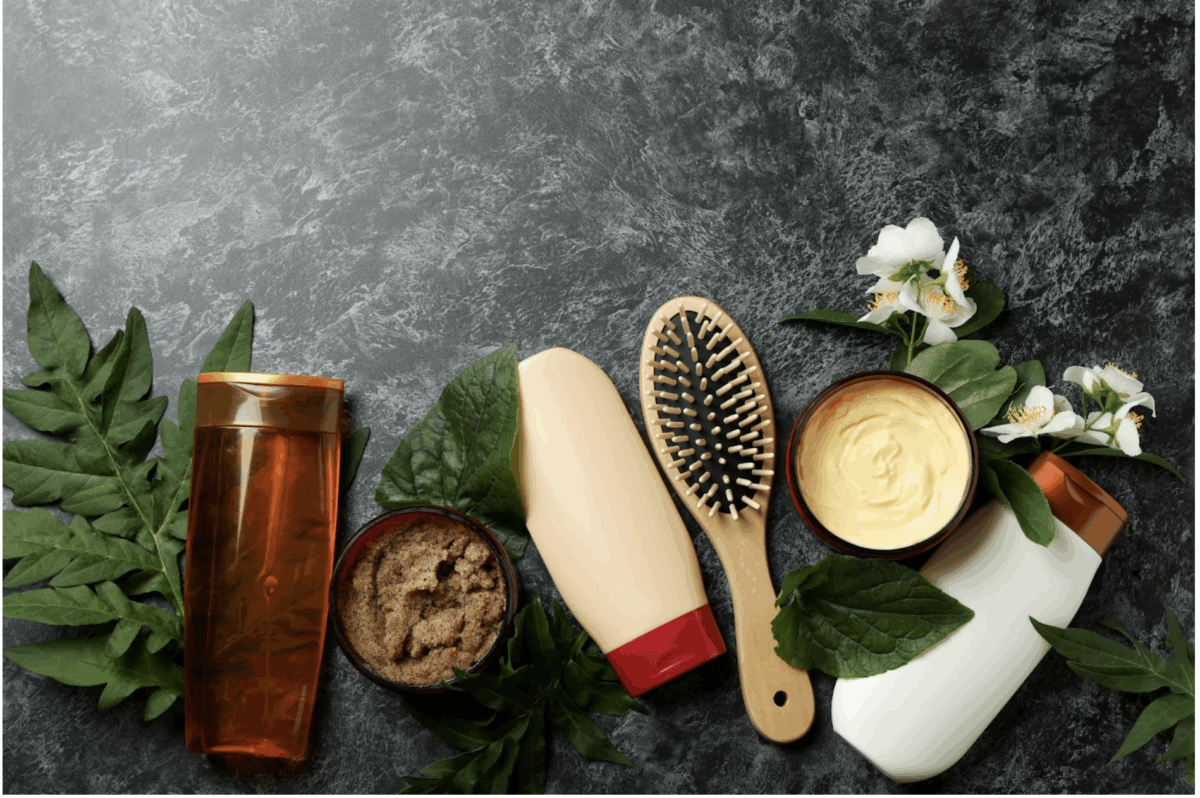- Ingredient order tells you more than the marketing claims
- Common buzzwords rarely reflect real performance
- Mid-range products can outperform high-end names
- Noticing how your hair responds is more useful than chasing trends
You’ve probably stood in the haircare aisle more times than you’d like to admit, scanning shelves full of sleek packaging and big promises. Everything claims to smooth, repair, define, and protect—yet somehow, none of it seems to deliver the results you’re after. It’s frustrating, especially when your hair doesn’t behave the way it used to, or the products you counted on suddenly stop working.
The truth is, packaging doesn’t tell you much. What matters is what’s inside the bottle, and most of us never learned how to read those long, complicated ingredient lists. The good news? You don’t need a science degree to make better choices. Once you understand a few basics, you’ll start spotting patterns—what helps your hair, what doesn’t, and which products are just marketing dressed up in lavender oil.
If you’re looking to move past trial and error and finally get results that last, it starts with understanding what those labels really say.
Why Most Haircare Promises Don’t Match the Ingredients
Walk into any store or scroll through an online shop, and you’ll notice the same phrases over and over again. “Sulphate-free.” “Paraben-free.” “Infused with argan oil.” These terms sound reassuring, but they rarely tell the full story. A shampoo might claim to hydrate or strengthen, but unless the ingredients support these claims, the effect is usually short-lived or purely cosmetic.
One reason for this disconnect is the limited regulation surrounding cosmetic marketing. Brands can highlight a single ingredient—like keratin or coconut oil—even if it makes up less than 1% of the formula. Meanwhile, harsher agents, such as drying alcohols or synthetic fragrances, often go unnoticed, even when they comprise the bulk of the product.
Another issue is that most people assume natural equals better. However, some plant-based extracts have very little effect in a rinse-off formula. Others, like essential oils, can irritate sensitive scalps if they’re too concentrated. That’s why learning how to skim an ingredient label isn’t about memorising every chemical—it’s about recognising what’s useful and what’s just filler.
What to Look For If You Want Results That Last
Achieving real results from your haircare often means going beyond the claims and paying attention to what works. This doesn’t mean every expensive product is effective, but it does mean the ingredients should match your hair’s actual needs.
If your hair is coloured, for example, you want formulas with low pH levels, gentle surfactants, and ingredients like panthenol or hydrolysed proteins that help retain moisture and prevent fading. If your hair is curly, richer emollients and humectants, such as glycerin or shea butter, make a noticeable difference in how your curl pattern holds.
Some brands, like Lakme, are known for focusing on performance over hype. When people buy Lakme hair products, they’re often surprised by how much longer colour stays fresh or how well their curls hold between washes. It’s not that they use secret ingredients—it’s that their formulas are balanced, consistent, and don’t overload the hair with unnecessary extras.
The goal is to stop chasing trends and start figuring out what consistently works for your texture, scalp, and styling routine. Once you do that, ingredient labels start making a lot more sense—and shopping gets a whole lot easier.
How to Tell a High-Quality Formula from a Copycat
Not every label will make immediate sense, but there are a few clues that help you separate solid formulas from ones built more on branding than function. The first thing to check is the order of ingredients. Just like with food, ingredients are listed by concentration, from highest to lowest. If a product boasts about jojoba oil but it shows up near the end of the list, it’s likely doing very little.
Another detail to note is the number of functional ingredients listed at the top. Surfactants (cleansing agents), conditioning agents, emollients, and humectants should be listed early. If the top five ingredients are all types of alcohol or water, followed by fragrance, you’re probably looking at something that smells nice but doesn’t do much.
Be cautious of long chemical names, but don’t automatically avoid them. Many synthetic ingredients are safe and stable, often outperforming natural alternatives. What matters more is how the product performs over time—whether your hair feels hydrated, holds its shape, and requires less styling effort. When a formula is genuinely well-made, you tend to notice the difference after a few consistent uses, not just on day one.
Why Price Doesn’t Always Equal Performance
It’s tempting to think the more you spend, the better the result. However, that’s not always how hair care works. Some high-end brands invest more in packaging and marketing than they do in the quality of their ingredients. At the same time, ultra-cheap products often rely on filler ingredients and harsh detergents that leave your hair dry, brittle, or overly coated.
The price of a product usually reflects more than just what’s inside. Distribution costs, fragrance licensing, and even influencer campaigns can drive prices up. That doesn’t mean the formula is poor—it just means you’re paying for more than performance. On the flip side, some mid-range brands quietly offer well-balanced, highly effective products without the hype. These are often developed by salon professionals or independent labs that focus on results rather than mass appeal.
So while price can be a loose indicator, it shouldn’t be your only guide. A $40 bottle that lasts three months and keeps your colour intact may offer better value than a $12 one that leaves you restyling every morning. The key is to assess how your hair responds and whether the product consistently delivers on its claims, not just how glossy the bottle looks on your shelf.
Choosing Haircare That Actually Works for You
By now, you’ve probably noticed that the best results don’t come from following trends or picking whatever’s on sale. They come from understanding your own hair and choosing products that support it. Once you start reading ingredient labels with purpose, you’ll find it easier to skip over the hype and focus on what’s effective.
Look for patterns. If your hair feels better every time you use products with certain oils, proteins, or moisturising agents, those ingredients are worth prioritising. If your scalp stays calm with low-fragrance formulas or your curls behave better when you avoid silicones, that’s valuable information. Over time, you’ll build a shortlist of what to look for—and what to avoid—no matter the brand.
It’s not about decoding every scientific term or buying the most expensive bottle on the shelf. It’s about paying attention to how your hair feels, behaves, and holds up between washes. That’s where good habits make a real difference, and it all starts with the label.

